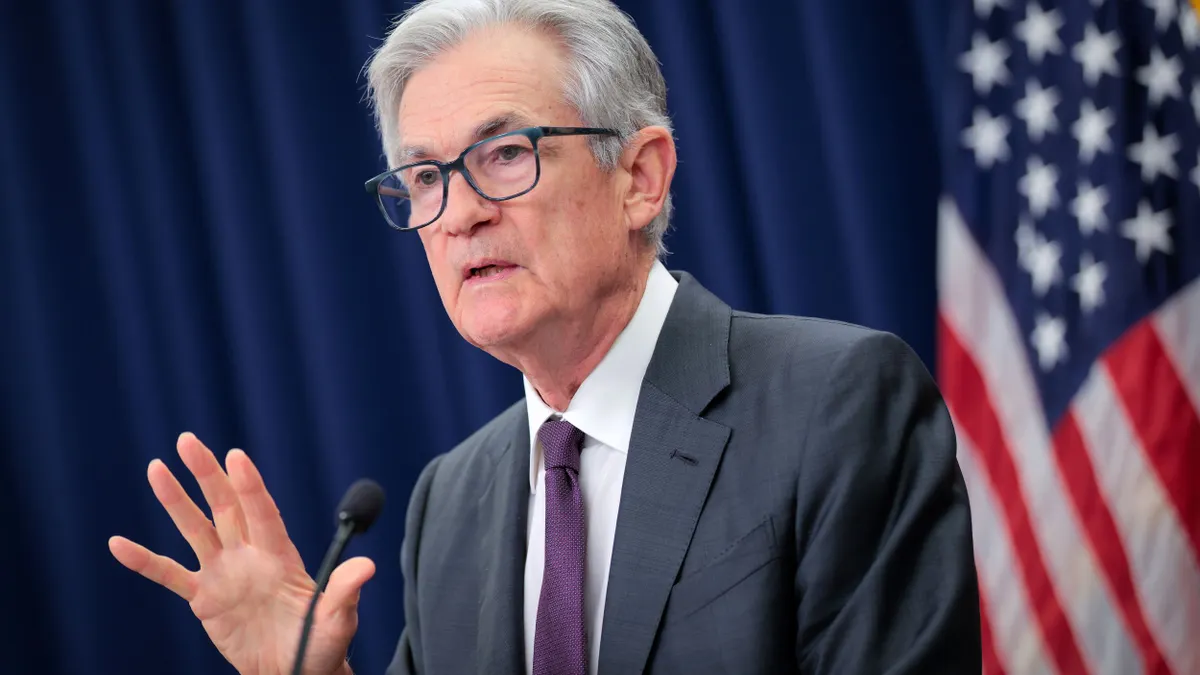Dive Brief:
- The financial fallout of ransomware attacks is climbing even as the number of cyber insurance claims falls, cyber risk management firm Resilience said in a report released Tuesday.
- During the first half of the year, the average cost of an individual ransomware attack rose by 17%, according to the research, which was based on an analysis of Resilience’s internal insurance claims. Ransomware attacks accounted for 76% of incurred losses in H1, compared with 46% in the same period last year.
- “Financial incentives are driving cyber criminals to be more clever and creative, and companies are facing larger losses than ever before,” Resilience CEO Vishaal Hariprasad said in a press release. “Cyber crime comes in waves. Attackers exploit a tactic until defenders catch up, then pivot to new weaknesses.”
Dive Insight:
Ongoing efforts to combat ransomware have yielded limited gains, according to the Resilience study, which aligns with other recent reports.
The average ransom demand made to retail organizations reached $2 million this year, a two-fold increase compared with 2024, according to an August report by cybersecurity company Sophos. Yet, in a positive sign, the average cost of recovering from a ransomware attack, excluding any ransom payment, has dropped by 40% during the past year to $1.65 million, the lowest point in three years, Sophos found.
“These trends suggest that, while threat actors are demanding more, retail organizations are becoming more resilient by improving recovery processes and potentially holding firmer in ransom negotiations,” according to a blog post on the Sophos research.
The Resilience report highlighted silver linings as well. In the first half of 2025, the volume of incurred claims across Resilience's portfolio dropped by more than half (53%). Also, the Resilience portfolio has seen significantly low payment rates at just 22% in 2024, the cyber risk management firm said.
Still, ransomware attacks remain costly and disruptive, Resilience said. Among Resilience clients, the average insurance loss from a ransomware attack in H1 2025 exceeded $1.18 million, compared with $1.01 million in the same period last year, according to the analysis.
Cyber criminals are using increasingly sophisticated extortion tactics, including artificial intelligence-powered social engineering and “double extortion” — demanding a ransom payment for both data decryption and to prevent its public release, the report said. The evolving ransomware playbook also has included theft of cyber insurance policies to better benchmark and set higher ransom demands, it said.
“These new strategies are fueling a threat landscape where fewer attacks can still cause immense financial damage,” Resilience said in its release.













